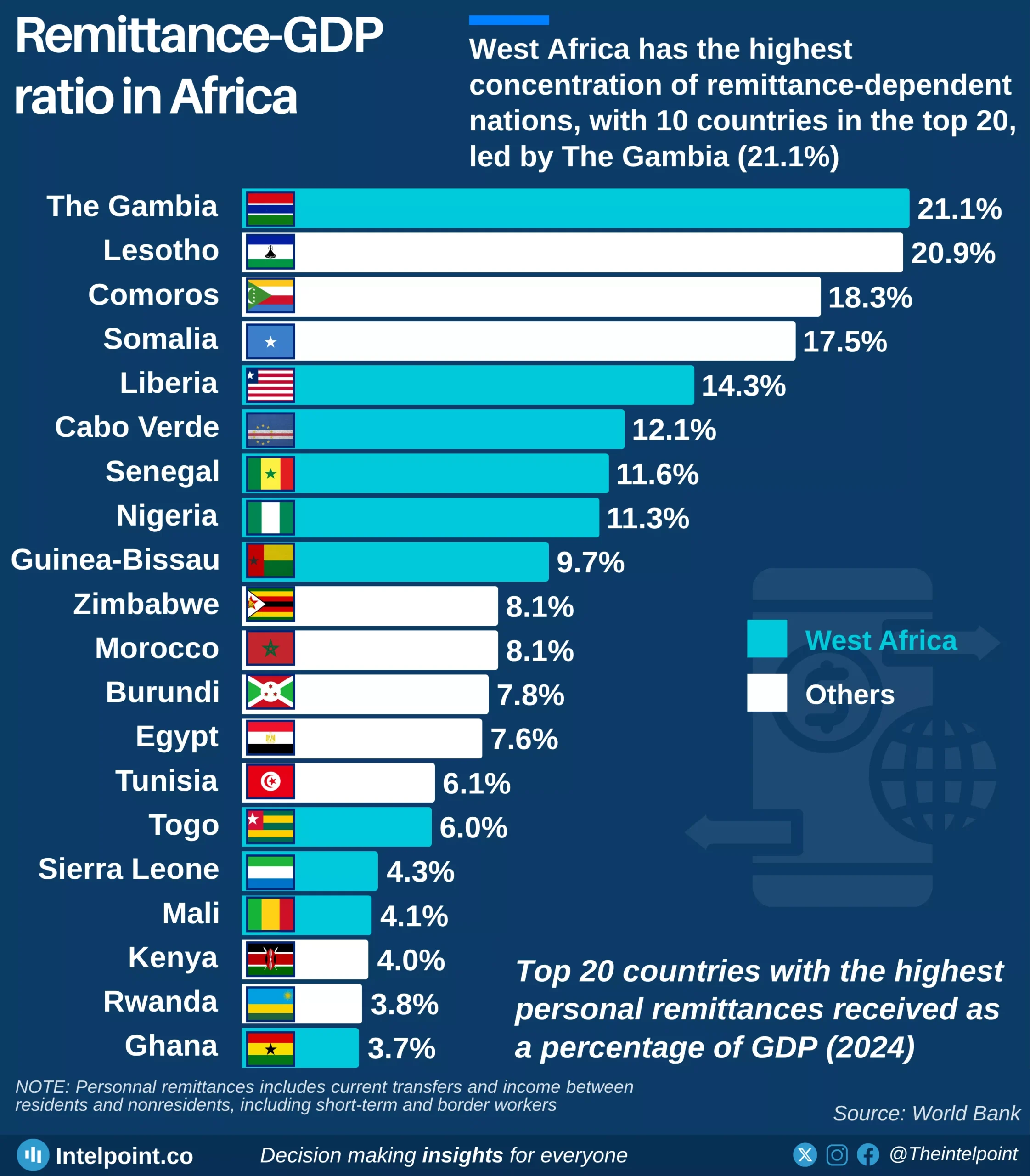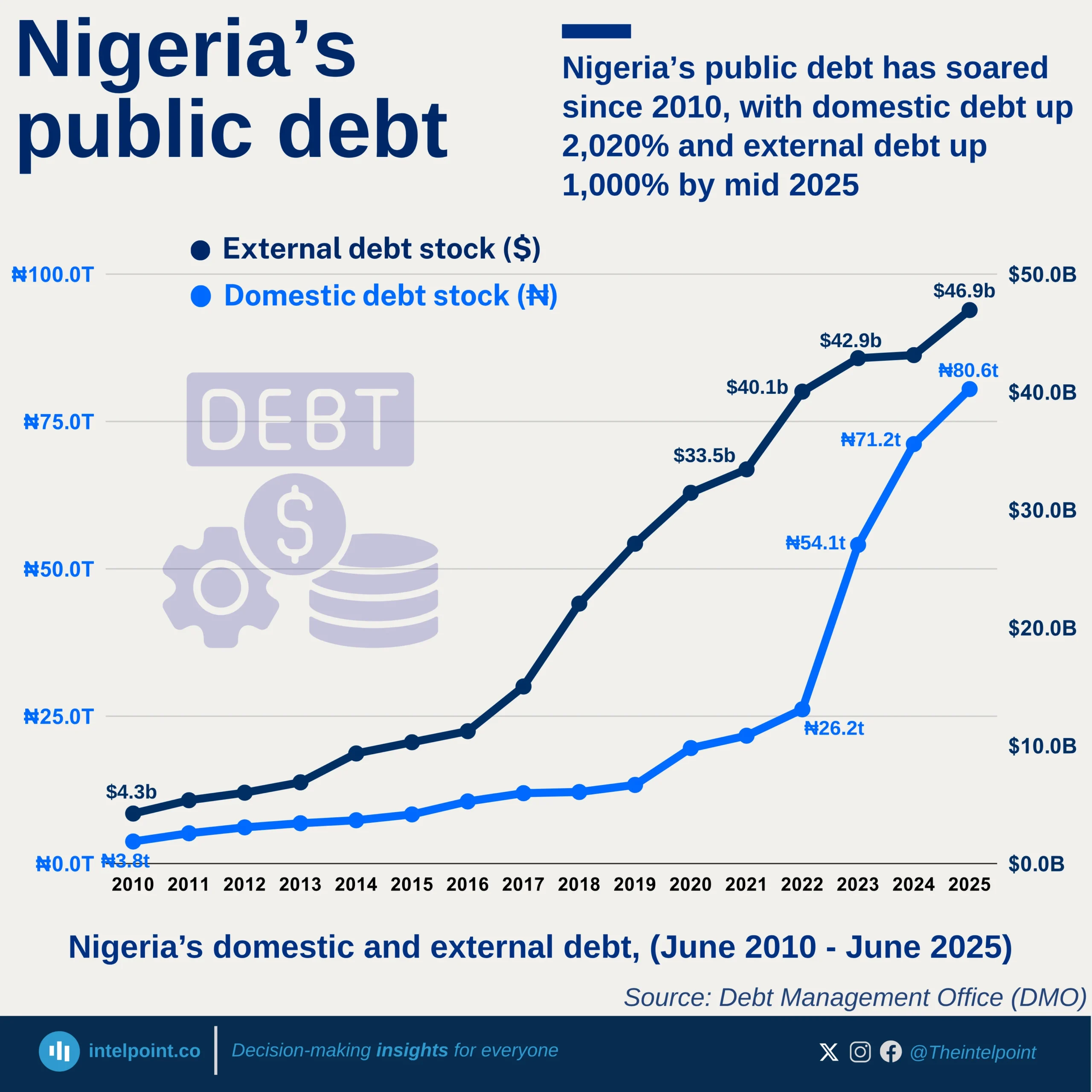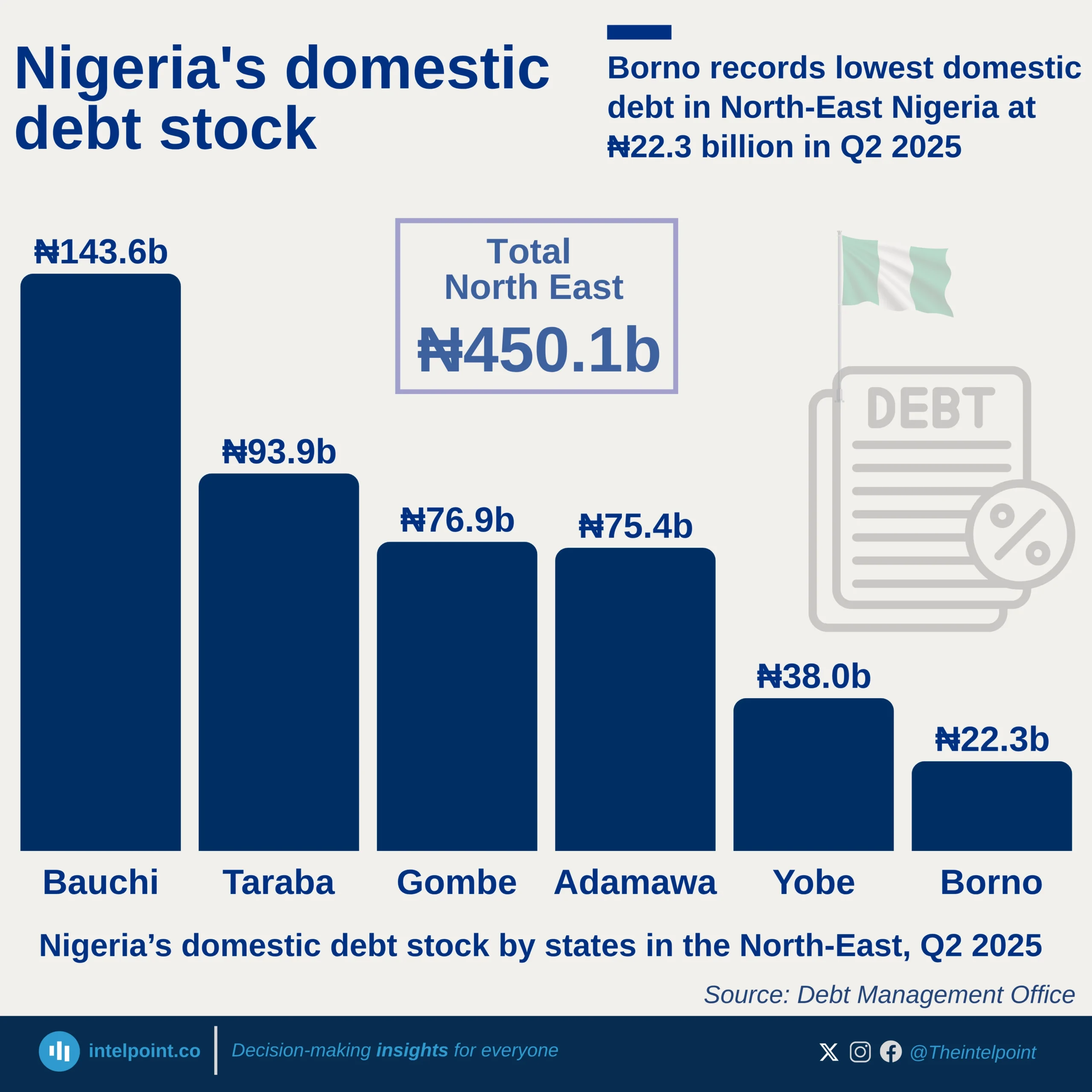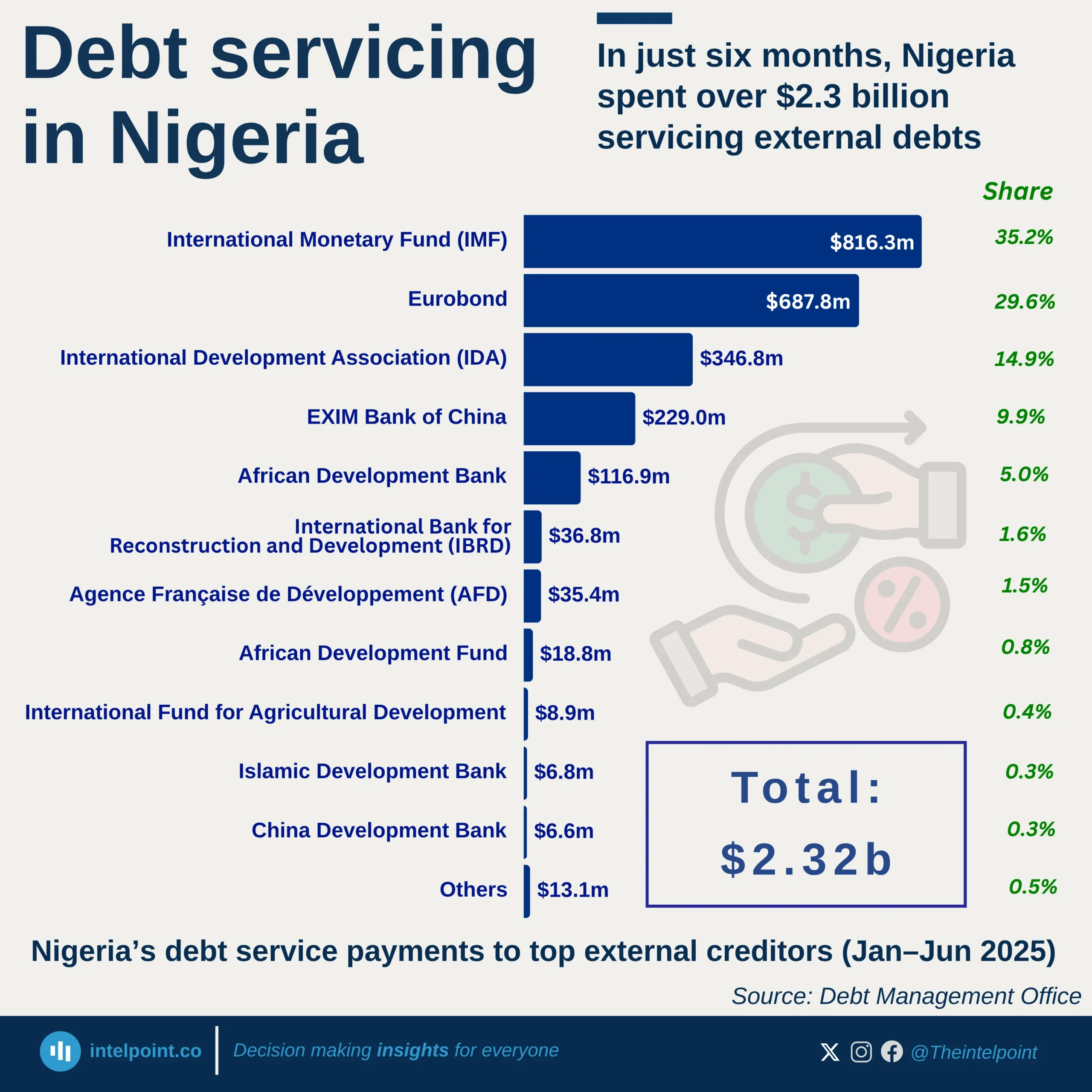Africa's cost of servicing debt has surged dramatically in recent years, reaching a peak in 2024, when 13.6% of total government spending went into debt service. This represents more than a threefold increase compared to just a decade ago, when the ratio hovered below 5%. The spike marks a sharp turning point in the continent’s fiscal landscape and places increasing pressure on public finances already stretched by rising domestic needs and global shocks.
Though the debt service burden is forecasted to decline slightly to 12.6% in 2025, it still reflects a sustained and historically high level of debt pressure. Such levels mean that for every $100 spent by African governments, over $12 goes into servicing debt—leaving much less for critical sectors like healthcare, education, and infrastructure. The data underscores how debt sustainability has become a frontline concern for policymakers across the continent.





